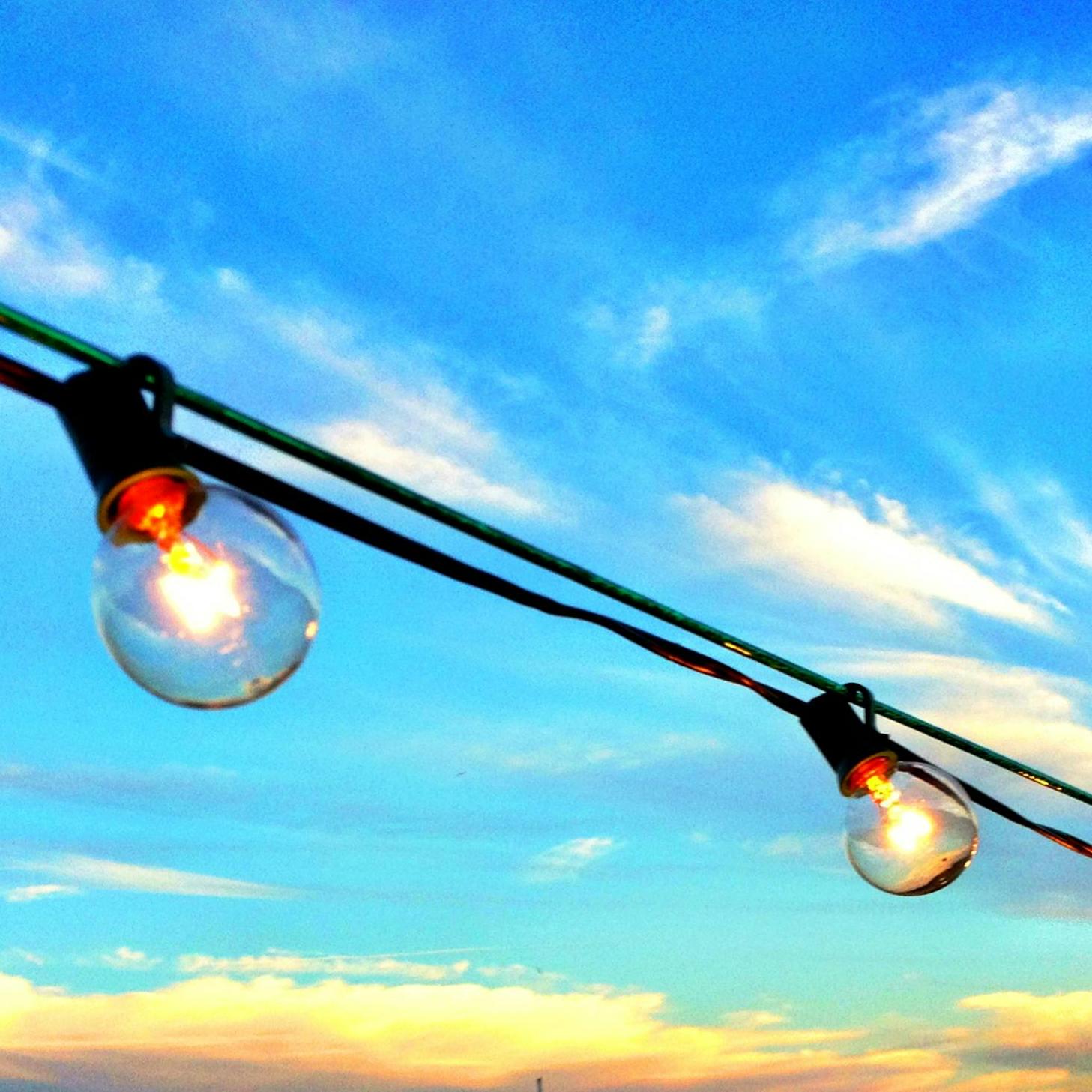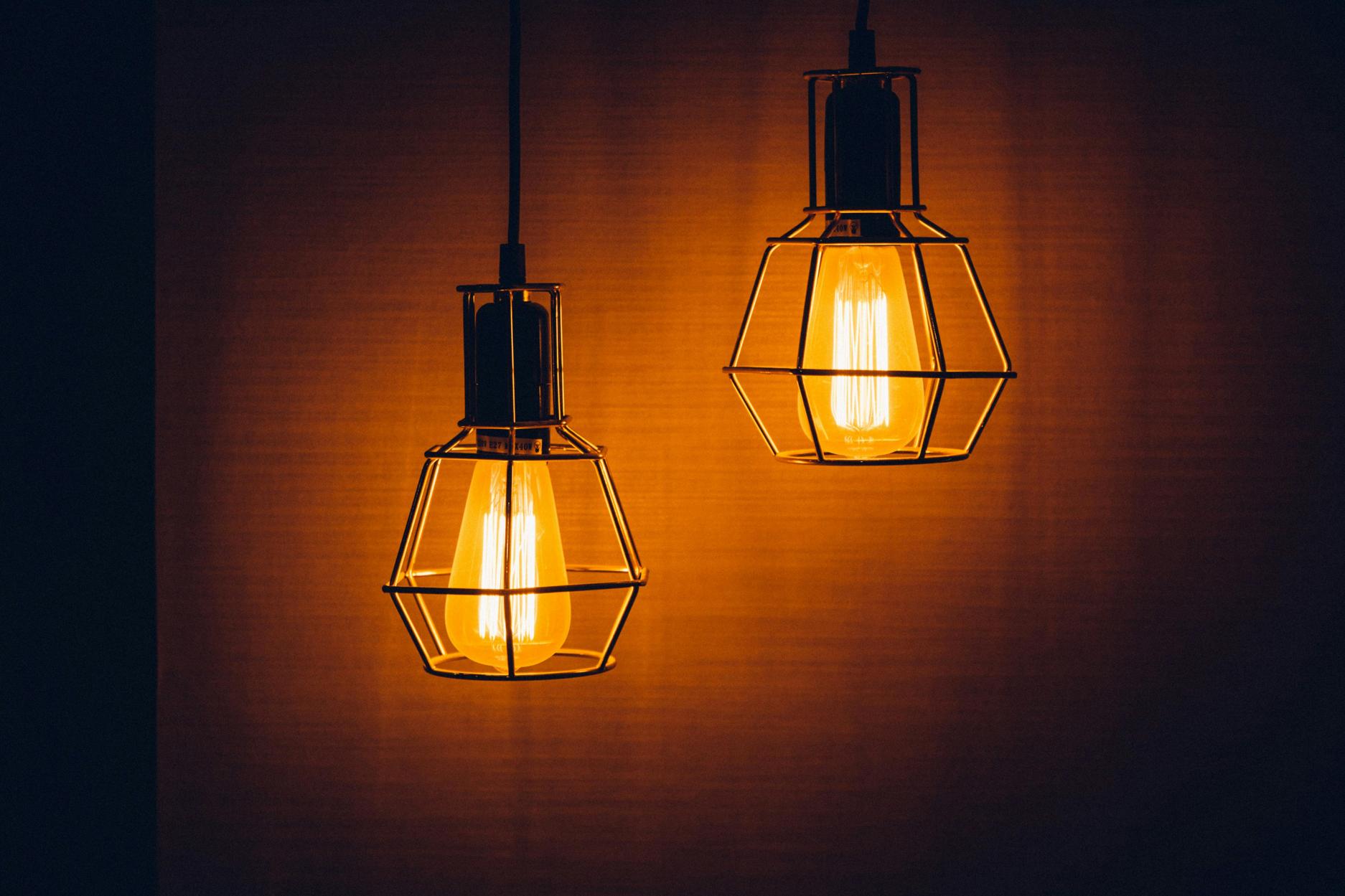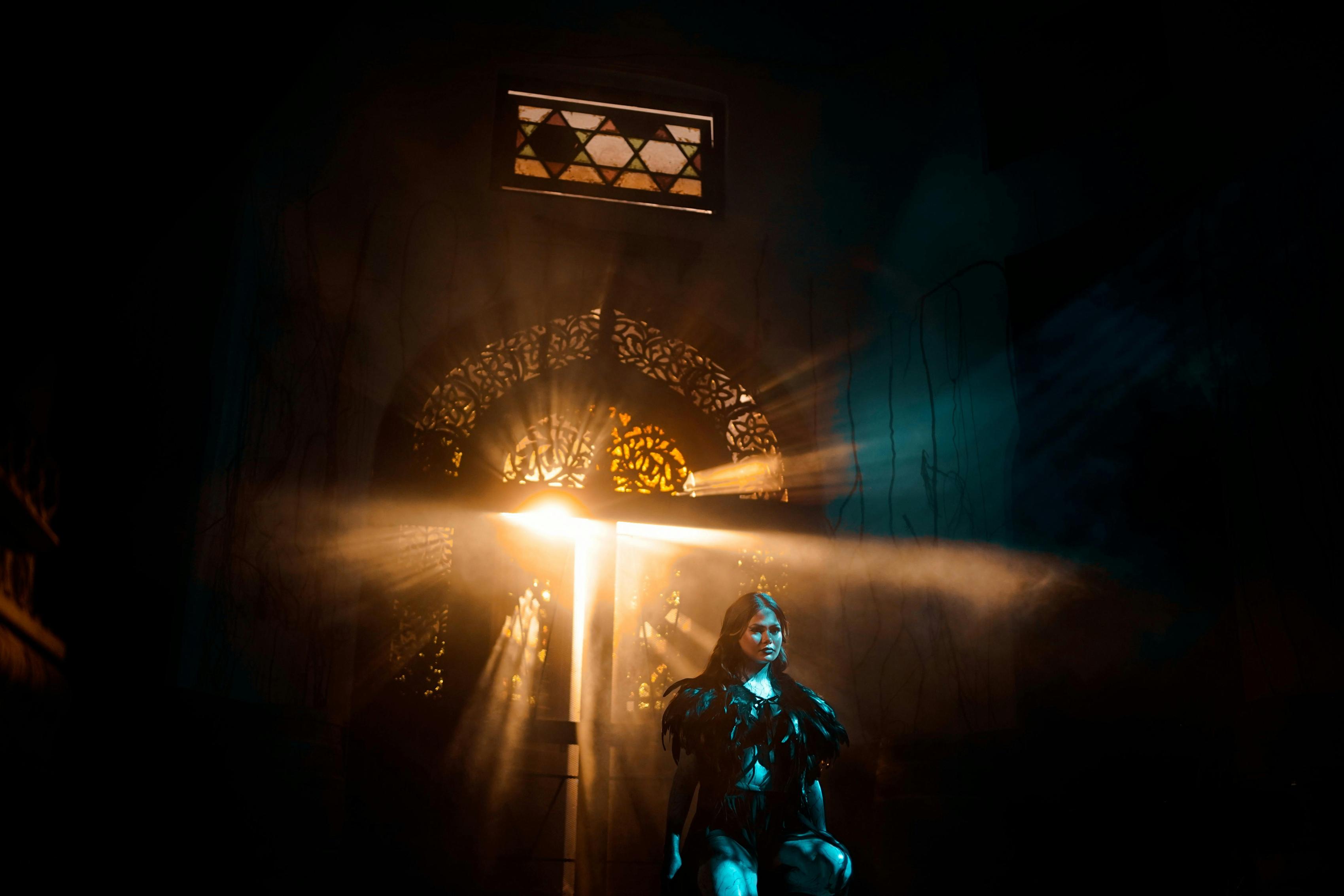How to Dispose of Light Bulbs
Introduction
Disposing of light bulbs might seem simple, but it’s crucial to do it properly to minimize environmental impact and adhere to regulations. Incorrect disposal can contribute to landfill waste and soil contamination, endangering human health and wildlife. This guide dives into the nuances of discarding various types of light bulbs, including incandescent, CFL, and LED bulbs. By understanding the proper methods, you’ll contribute to a cleaner, safer environment.

Understanding Different Types of Light Bulbs
Before we delve into disposal methods, it’s vital to distinguish between the different types of light bulbs. Each type has unique properties and disposal requirements:
-
Incandescent Bulbs: These are the traditional bulbs most people are familiar with. They contain basic materials like metal filaments and glass.
-
Compact Fluorescent Light (CFL) Bulbs: CFLs are more energy-efficient than incandescent bulbs but contain small amounts of mercury, which requires careful handling.
-
Light Emitting Diode (LED) Bulbs: Known for their long lifespan and energy efficiency, LED bulbs contain electronic components that require special recycling processes.
Understanding these differences sets the stage for knowing why we should dispose of them correctly and how to do so.
Why Proper Disposal Matters
Improperly disposing of light bulbs can have various harmful effects, both legally and environmentally. For example, CFL bulbs contain mercury, a hazardous substance that can contaminate water supplies if it escapes into the environment. Incandescent and LED bulbs also contain materials that could be recycled but otherwise contribute to landfill waste. Proper disposal ensures that these harmful components do not harm ecosystems or human health.

Methods for Disposing of Various Light Bulbs
Incandescent Bulbs
Incandescent bulbs are relatively straightforward to dispose of. Since they do not contain hazardous materials, you can usually throw them away with your regular trash. However, check local regulations as some areas might have specific disposal guidelines or recycling options.
CFL Bulbs
CFL bulbs require more careful handling due to their mercury content:
- Do not dispose of CFLs in regular household trash.
- Many retailers, like hardware stores, offer recycling programs; utilize these options.
- Contact your local waste management facility for hazardous waste disposal guidelines.
LED Bulbs
LED bulbs, while not hazardous like CFLs, still contain materials that should be recycled:
- Check if your local recycling program accepts LED bulbs.
- Some retailers also offer recycling services for LEDs.
- Contact electronic waste recycling centers; they frequently take LED bulbs.
Handling each type of bulb correctly ensures you’re doing your part to keep the environment safe.
Preparing Light Bulbs for Disposal
Preparing light bulbs for disposal involves a few key steps:
- Turn off and unplug all lighting fixtures before removing the bulb to avoid electric shock.
- Wear gloves to handle bulbs, especially if broken, to prevent injuries.
- Contain broken pieces: If a bulb shatters, sweep up the pieces into a plastic bag and seal it before placing it in the trash.
- Label hazardous waste: If disposing of CFLs, label the container clearly as hazardous waste.
These preparation steps ensure safety and compliance with regulations.
Creative Ways to Repurpose Light Bulbs
Repurposing light bulbs is an imaginative and eco-friendly way to give them a new life. Not only does this reduce waste, but it also provides an outlet for creativity:
- Vases: Hollow out the bulbs and use them as tiny, unique vases for flowers.
- Ornaments: Paint or decorate old bulbs to create holiday ornaments.
- Terrariums: Use larger bulbs for creating mini-ecosystems and plant terrariums.
Repurposing not only reduces waste but also allows for creative expression.
Legal and Environmental Considerations
Disposing of light bulbs is not just about being environmentally conscious; it’s also about complying with the law:
- Local Regulations: Always check local guidelines for bulb disposal.
- Mercury Disposal: Improper disposal of CFLs can result in legal fines due to mercury contamination.
- Recycling Laws: Some regions mandate the recycling of electronic waste, including LED bulbs.
Navigating these legalities ensures you avoid fines and contribute positively to environmental sustainability.

Conclusion
By following the guidelines for disposing of different light bulbs—incandescent, CFL, and LED—you help protect the environment and comply with local regulations. Whether you’re tossing them out, recycling, or finding creative ways to repurpose them, your actions make a significant impact. Let’s commit to responsible disposal for a brighter, cleaner future.
Frequently Asked Questions
Can I throw light bulbs in the trash?
Incandescent bulbs can usually go in your regular trash unless local rules dictate otherwise. CFLs and LEDs should be recycled to prevent environmental harm.
What should I do if a CFL bulb breaks?
Carefully sweep up the pieces using gloves, place them in a sealed plastic bag, and label it as hazardous waste before taking it to a proper disposal facility.
Where can I find local recycling programs for light bulbs?
Local waste management services, hardware stores, and electronic recycling centers often offer recycling programs for different types of light bulbs.
